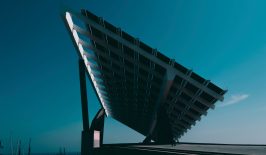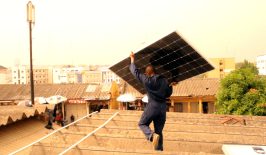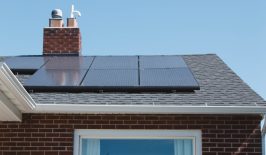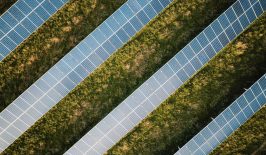Scalable and affordable energy storage is the linchpin of a successful transition from fossil fuels to renewable energy. And while no perfect solution exists, there’s plenty of promise in methods like pumped storage. Traditionally, pumped storage works by passing water between two reservoirs at different altitudes. As water flows from top to bottom, it passes through a turbine, thereby producing energy. To recharge, water is pumped uphill again. It’s like a giant battery, able to store power and release it when needed.
Pumped storage is the most proven way to store energy on a large scale. In fact, it represents 90% of the mechanical energy storage market. But as with any solution, there’s room for improvement. The reservoirs and corresponding infrastructure – dams, hydro lines, etc. – take up huge amounts of space and have site-specific negative environmental and ecological impacts. Construction is also extremely expensive, and the power required to pump water uphill may need to come from fossil fuel energy.
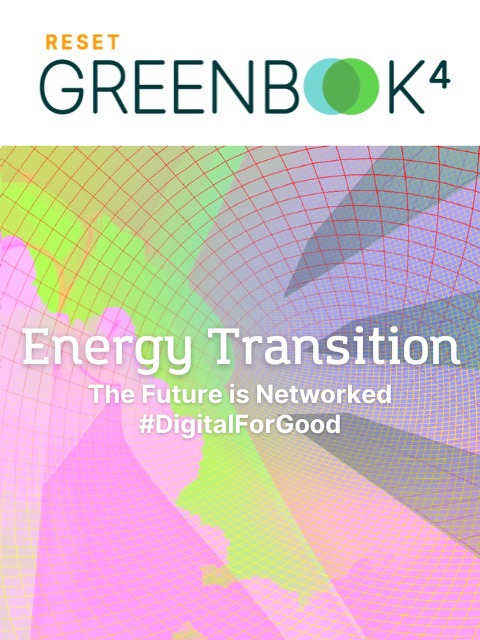
The 1.5 degree target is unattainable without a real transformation of our energy system. But how can it succeed? What are the energy sources of the future? What digital solutions are ready and where are innovations needed? And how can the transformation be driven forward?
The RESET Greenbook “Energy Transition – The Future is Networked” presents digital, innovative solutions and sheds light on the background.
Hypnetic, a German startup supported by the German Federal Environmental Foundation (DBU), looks to solve some of these challenges by putting the principle of pumped storage to work in shipping containers – with a twist. Alas, you can’t fit reservoirs inside metal boxes the size of a standard kitchen. With Hypnetic’s technology, which is currently in development, electrical energy is stored by drying ambient air and compressing it efficiently with the help of a biological liquid. The energy can then be used by expanding the air with a gas, putting in motion hydraulic components which turn an axle connected to an electric machine.
On top of that, the apparatus is equipped with a waste heat recovery mechanism to boost roundtrip efficiency. According to the company, 72% of the stored electricity storage can be retrieved later. Hypnetic also claims its components are durable enough to achieve one million cycles. Big, if true – a lithium-ion battery, for example, has a lifespan between 1,000-10,000 cycles. And like other companies, Hypnetic employs artificial intelligence to control, monitor, and optimise energy use. Energy companies – Hypnetic’s ideal customer – would benefit from this by being able to offer customers peak load shaving. They would also be able to use Hypnetic’s energy storage containers to convert waste heat to electrical energy.
Hypnetic predicts its technology can be deployed in applications currently served by lithium batteries, redox flow systems, flywheels, and power-to-gas storage. Whether it turns out to be a cheaper, more economical, and ecologically balanced alternative to these methods remains to be seen. Certainly, it’ll spare the rare minerals, critical resources, and toxic chemicals required of batteries.

